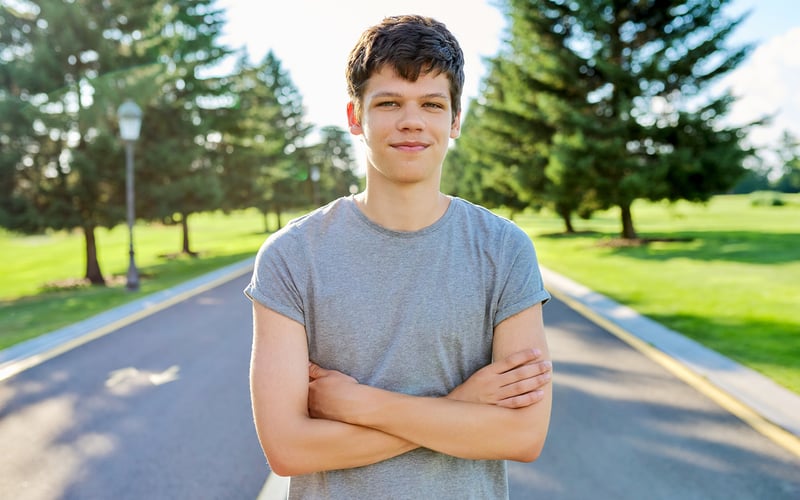The Hidden Crisis: Understanding the Mental Health Impact of Adolescent Cannabis Use

As cannabis legalization expands across the United States, the unintended and unexpected consequences of this decision are becoming clear. While public perception often frames marijuana as a relatively harmless substance, emerging clinical evidence suggests otherwise, particularly regarding its effects on the developing teenage brain. A recent feature in the New York Times explored the ways in which marijuana is having an outsized impact on adolescents — especially where mental health is concerned. Our series, “The New Marijuana,” explores what parents need to know.
Cannabis & Mental Health: An Evolving Picture

Elizabeth Fikes, Co-Founder and Director of Outreach and Communications at Stonewater Adolescent Recovery Center, has observed a troubling trend in recent years. "The duration and severity of marijuana-induced psychosis have increased dramatically," she notes. "What once resolved within weeks now frequently persists for two to three months."
These observations align with mounting clinical evidence from Stonewater’s adolescent experts. For example, recent years have seen cases of prolonged psychotic episodes lasting significantly longer than historical patterns would suggest. In one particularly striking case, Co-Founder & CEO Bryan Fikes reports working with an adolescent who experienced persistent psychosis for nearly a year before showing signs of recovery. "We just got an email today, actually,” he explains. “A kid we treated 11 months ago came in with active auditory hallucinations, to which he responded to some extent throughout treatment and left. We just got an email this morning that he, after 11 months, finally just popped out of it and seems like a normal kid again."
Still, some families never even reach that moment. Organizations like Johnny’s Ambassadors and Every Brain Matters have sprung up to spread the truth about the lasting effects of marijuana psychosis in adolescents.
Cannabis & Adolescents: Fact vs. Fiction
The widespread legalization of cannabis for adult use has created what Jeff Noles, Clinical Director at Stonewater, describes as "a dangerous misconception about its safety for adolescents." This normalization poses unique challenges for treatment professionals, as many teenagers struggle to recognize cannabis use disorder as a legitimate concern.
"Teens often dismiss cannabis use disorder as absurd,” Noles continued. “It’s hard for them to see it as a problem when they view marijuana as a ‘natural’ product or compare it to their peers’ behaviors."
The Impact of Cannabis on Teens
The adolescent brain's ongoing development makes it particularly susceptible to the effects of high-potency cannabis. Research indicates that regular use during these critical years can:
* Interfere with normal neurodevelopmental processes
* Increase vulnerability to anxiety and depression
* Potentially trigger or exacerbate psychotic symptoms in susceptible individuals

Even more dangerous is the self-medication cycle that often develops. Adolescents experiencing emotional difficulties may turn to cannabis for relief, inadvertently worsening their underlying conditions and creating a complex treatment challenge.
Evidence-Based Intervention Strategies
Parents play a crucial role in prevention and early intervention.

The Path to Cannabis Use Recovery
Despite the challenges, adolescent experts emphasize that recovery is achievable with appropriate intervention. "The wonderful thing about the adolescent brain is that it is resilient, and the neuroplasticity in it because of their developmental phase,” Elizabeth Fikes explains. “When they do come get treatment, we're able to see tremendous progress once they stop using and we equip them with other tools to address the anxiety or depression or psychosis."
Indeed, as our understanding of cannabis's impact on adolescent mental health continues to evolve, the importance of evidence-based education and intervention becomes increasingly clear. Healthcare providers, educators, and families must work together to promote accurate information about the risks of adolescent cannabis use, support early intervention and comprehensive treatment approaches, and advocate for policies that protect adolescent mental health—while acknowledging the changing legal landscape of cannabis.
Through increased awareness and coordinated intervention efforts, communities can better support adolescent mental health in an era of expanding cannabis accessibility.
Stay tuned for more on the landscape of marijuana and mental health as our series continues.

.jpg)

